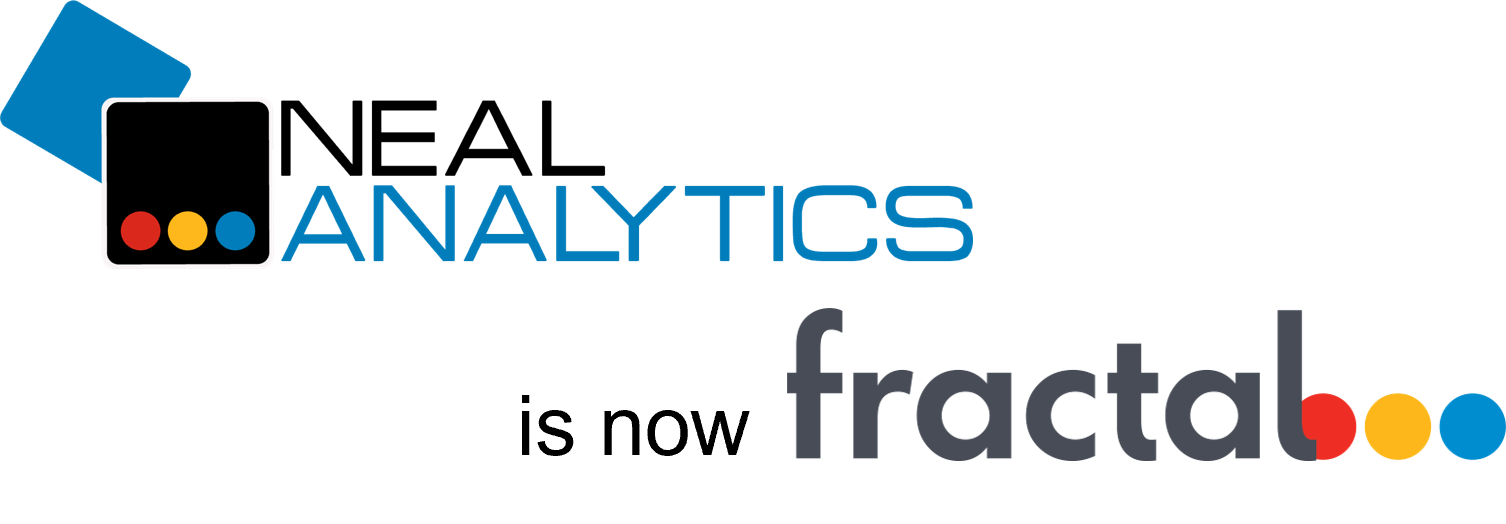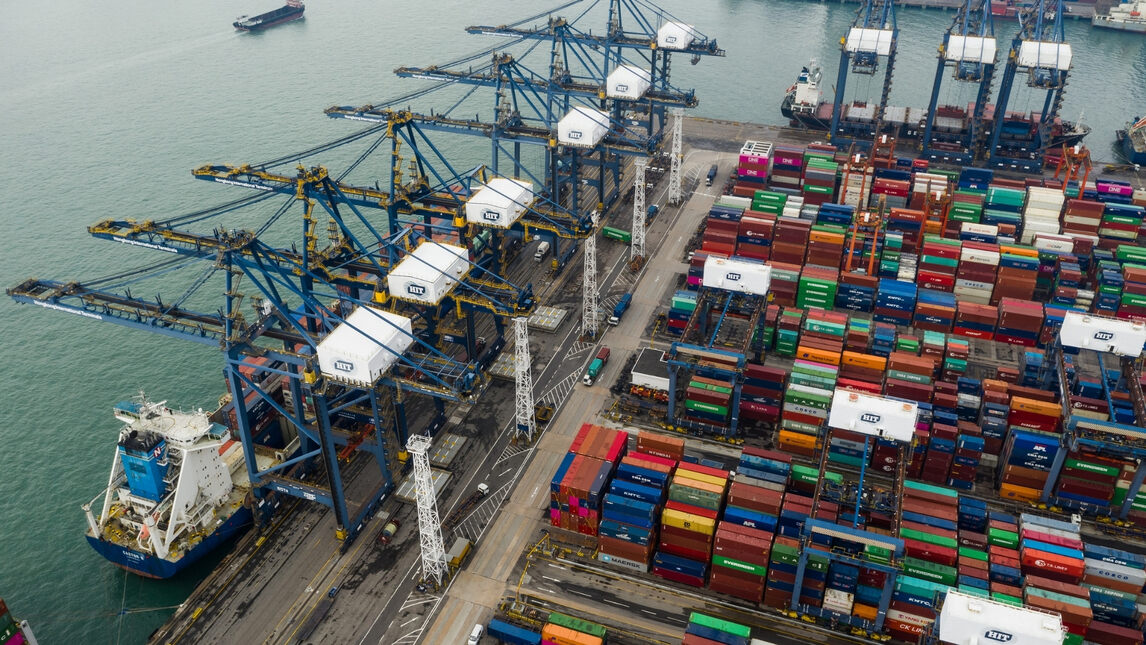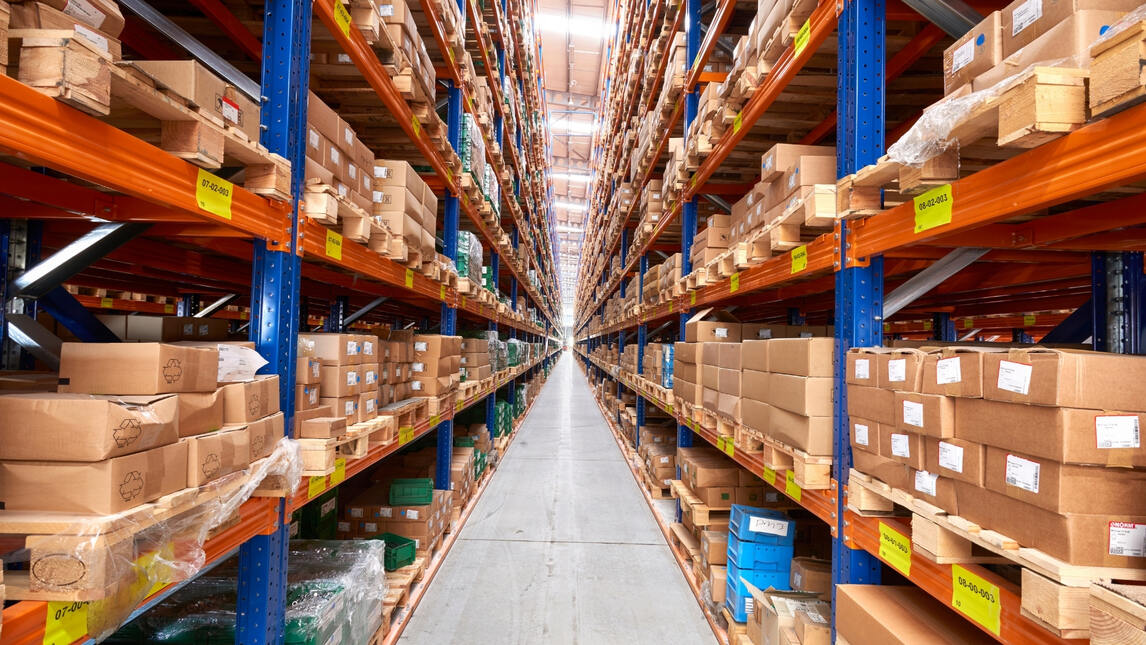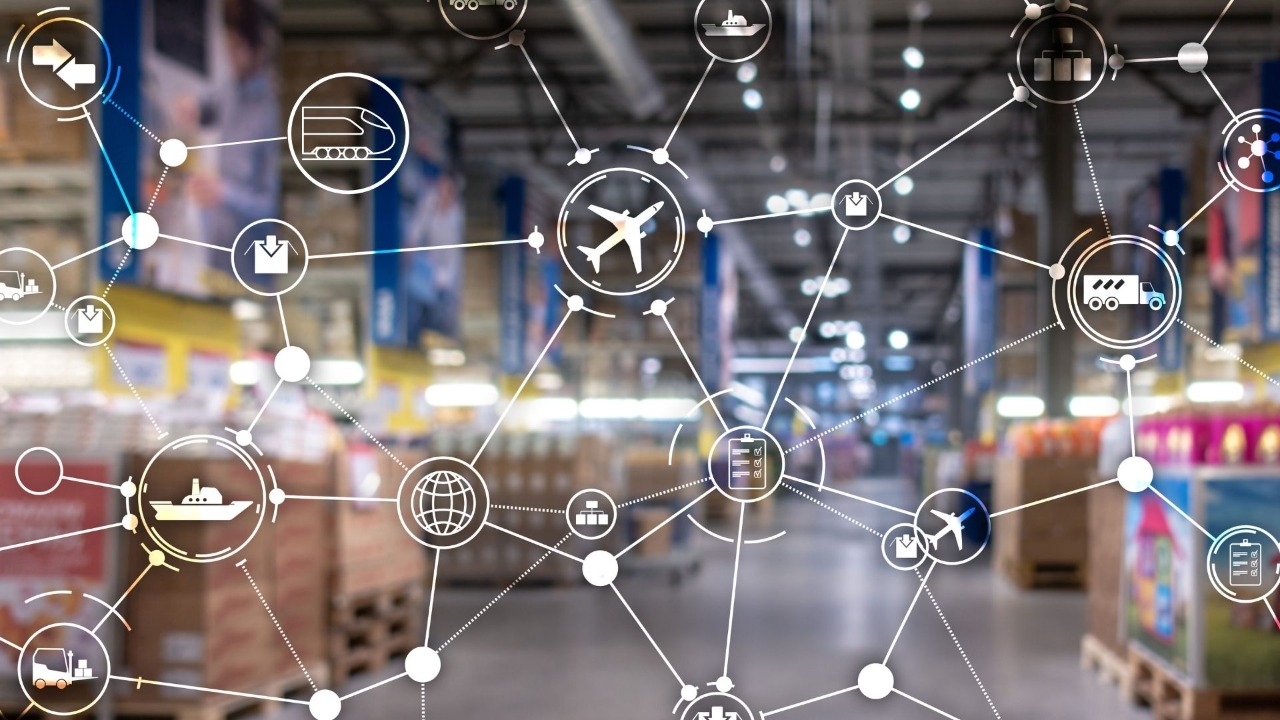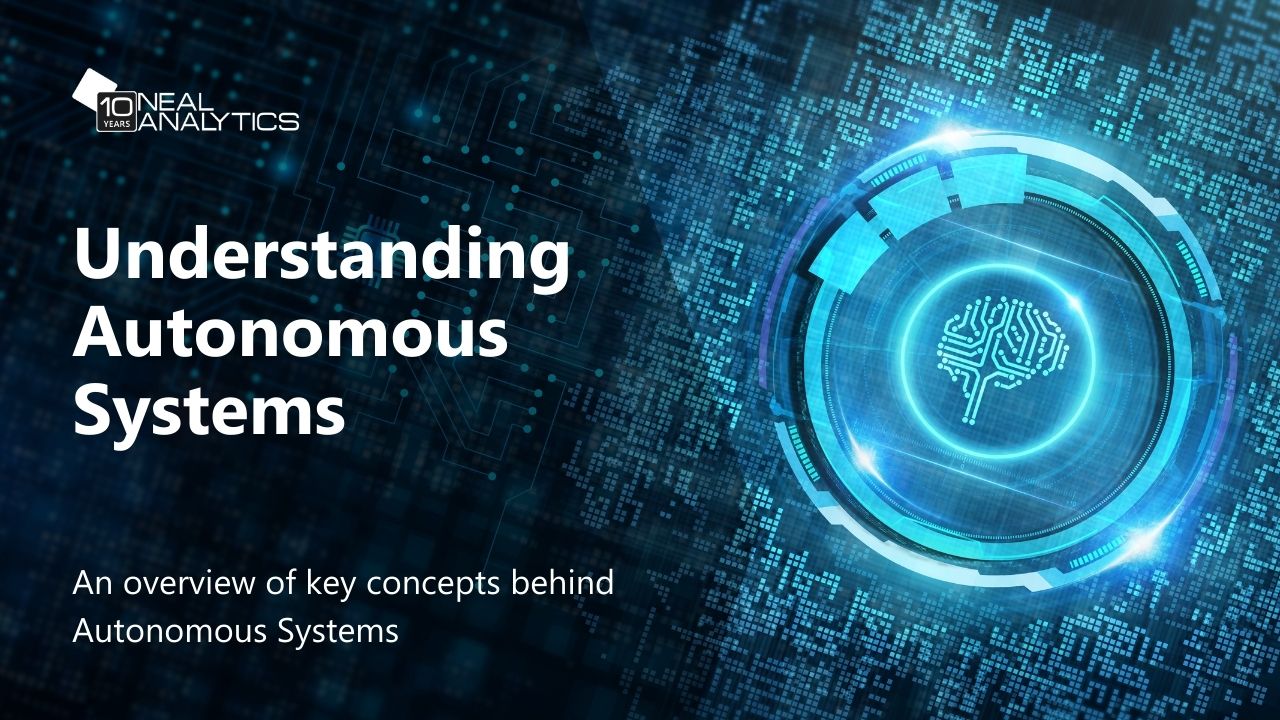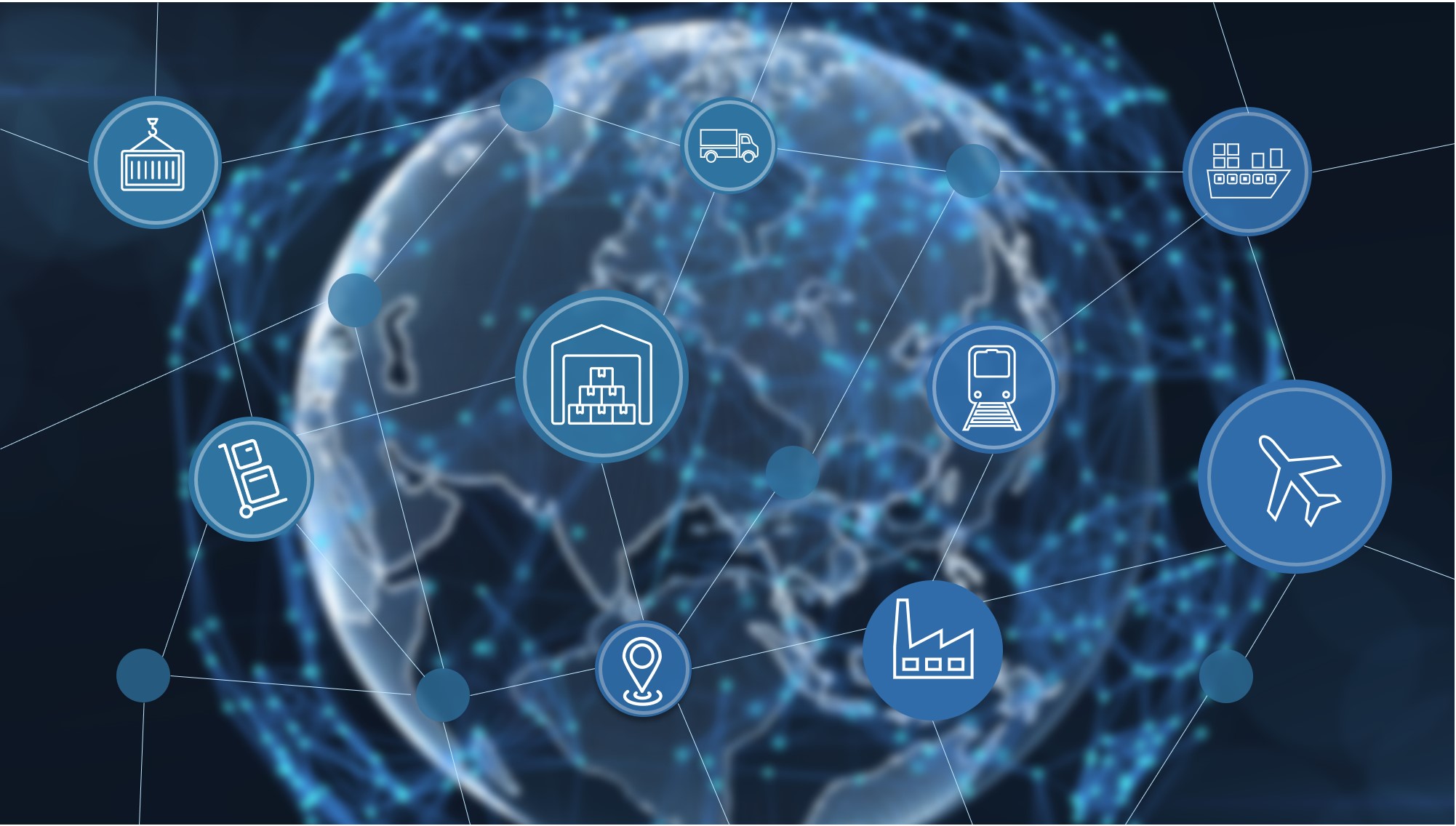AI-powered Supply chain optimization
Optimize supply chains with AI-powered Autonomous Systems leveraging Microsoft Project Bonsai
Optimize your supply chain with AI
The Neal Analytics Supply Chain Optimization (SCO) Autonomous System solution uses advanced AI built with the Microsoft Project Bonsai toolchain. By leveraging the concept of reinforcement learning, SCO brings AI from research labs to real-life supply chains by adapting to each customer’s particular situation and their own real-life supply chain processes data.
This solution integrates modern AI best practices and frameworks from design to training to deployment: Machine Teaching, supply chain simulation, Deep Reinforcement Learning (DRL), and IoT & Edge computing.
SCO helps customers improve their supply chain responsiveness, agility, and efficiency.
Use cases include inventory management, fleet optimization, demand forecasting, logistics planning, and operational cost optimization.
Benefits

Optimize supply chains with AI

Real-world applicability

NEAL ANALYTICS EXPERTISE
Warehouse storage and retrieval optimization
Warehouses usually store a wide range of product Stock Keeping Units (SKUs) that have different inventory turnover ratios, storage strategies and handling need. Experienced human operators often develop heuristics to optimize replenishment, bulk to floor inventory management, and floor inventory shelf-level location optimization. Traditional optimization techniques are usually based on fixed, rule-based algorithms that often can’t easily and automatically adapt to changing conditions. This can disrupt the overall supply chain and create manufacturing delays, out of stock for distributors and customers, and overall impact both the top and bottom line.
Using the concepts of Machine Teaching, the development team will use the knowledge of subject matter experts (e.g., operators) to design an AI agent. Training will both combine the best of their tacit (i.e., non-documented) expertise plus the robustness and adaptability of deep neural networks trained using advanced simulators.
Supply chain inventory optimization
The many-to-many relationship between a network of suppliers, national and regional distribution centers and local (retail) locations requires complex and dynamic allocation and routing decisions. An error resulting in an understocked product in one location or over-distribution for another product will impact both the top and bottom line.
Traditional linear optimization algorithms provide a good optimization baseline in normal and stable conditions but, by their fixed parameters nature, can hardly adapt to changing conditions at the supply, logistic, or demand level, such as suppliers being suddenly out of stock of a particular item, disruption on certain routes, or demand peak (e.g., heatwave) and drop (e.g., also a heatwave, depending on the product).
To tackle the challenges associated with adapting to changing conditions that result in forecast inaccuracies, customers can train AI agents that will more effectively optimize their supply chain inventory, even when conditions are permanently evolving. The AI agent will be trained using Deep Reinforcement Learning techniques on real-life data to create both a more flexible and accurate optimization model.
Production planning
Manufacturers often face a combination of changing forecasts, raw material costs, labor constraints, and logistic efficiency. In addition, they also need to have ever more agile and reactive production capabilities to dynamically optimize their production planning. A planning mistake resulting in more product change in manufacturing (and its associated downtime) or stock out can dramatically impact a company’s top and bottom lines both at the production and throughout their upstream (suppliers) and downstream (distributors, end customers) supply chain.
Traditional human (i.e., often simple Microsoft Excel-based spreadsheets) or statistical-based models to plan production can offer decent results in slow-moving supply chains and industries. However, they are often both difficult to adapt and can easily provide wrong guidance when the environment (raw material constraints, demand changes) or the optimization goals change.
By using a Deep Reinforcement Learning-based AI agent built using the Microsoft Project Bonsai toolchain, it is possible to train and deploy a solution that can embed the expertise of the customer’s best operators through the process of Machine Teaching. This agent will also be able to adapt to changing production optimization goals, environmental changes (such as a spike in demand), and production changes downtime parameters.
